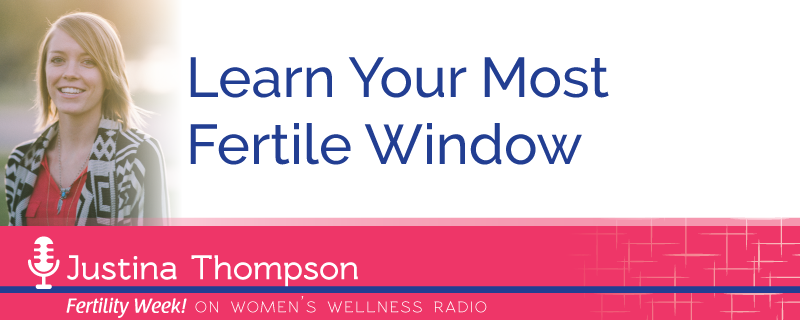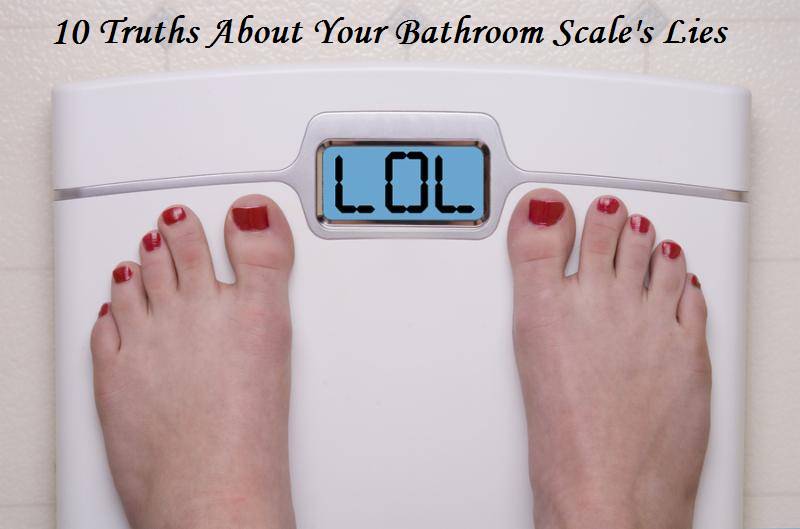As the year comes to a close, I want to celebrate ALL the guest experts we had on Women's Wellness Radio this year, and our listening community. It was a great year of growth, both in knowledge and in community building.
Today I'm sharing the top ten most downloaded episodes, in case you want to catch one or two that you missed. Here we go:
1. Why Your Probiotic Supplement Isn't Working With Kiran Krishnan
This episode I saved for many months to make it out 100th episode! This interview with Kiran Krishnan, microbiologist and founder of Megaspore Probiotics, is super fascinating. This conversation breaks through confusion about the gut and myths about probiotics.
2. Natural Solutions for Hormonal Problems with Dr. Carrie Jones
This was a very popular episode right away! Dr. Carrie has great insights on hormone labs and why our hormones go haywire. She also shares some of her favorite supplements. Don't miss the free handout on the page.
3. The Hormonal Imbalances That Make You Gain Weight With Cammi Balleck
Well, I didn't know this show was so popular 'til today! It suggests to me that lots of women in our community are dealing with hormonally-based weight issues, so I'll bring more resources to you on this subject.
4. Seven Keys to Fertility Into Your 40s With Dr. Anna Cabeca
This was an interesting one for me too! I am fascinated with the topic of optimizing fertility at an older age, and Dr. Cabeca is both an inspiring and knowledgeable expert in this area.
5. The Autoimmune Fix With Dr. Tom O'Bryan
This was less of a surprise. Dr. Tom O'Bryan is a well-known expert in the field of gluten intolerance and autoimmunity, and many women in our community are dealing with autoimmunity. What wowed me in this interview was what a talented presenter Dr. Tom is.
6. Easy Essential Oils for Women's Health with Dr. Mariza Snyder
I had no idea this episode was creeping up the ranks. It suggests to me that you all are hungry for more practical, simple solutions. Let's do it!
7. A Holistic Approach To Adrenal Healing With Kelly Graham
I also did not know this one was faring so well! But adrenal dys-regulation is so prevalent today, I shouldn't be surprised. What I loved about Kelly's presentation was her insight on how we put ourselves into this box.
8. Nutrition And More For A Healthy Cycle With Caroline Zwickson
Y'all love to learn about your cycles! Caroline brings some clear explanation and great tips with this one.
9. Why You Need to Support Your Mitochondria With Susanne Bennett
We have a tie for #9 with the exact same number of downloads. Dr. Bennett gives a rarely-heard and much-needed explanation of the importance of our mitochondria. This one is good for chronic disease and infertility.
9. Interpreting Your Period Symptoms with Rachel Eyre
I loved this episode with Rachel Eyre and I'm so glad it made the top ten. We cover some detailed stuff like uterine positioning and clots in menstrual blood...and vaginal steaming!
10. A Healthy Dose of Productivity with Laura McClellan
And I'm so happy this episode squeaked in there, because I'm a big fan of Laura. She is not in the 'health space', but she an incredibly wise teacher on the important subject of getting sh*t done with wearing yourself out. She has great presence.
I am filled with gratitude as I write this for our experts and our listeners. Looking back and remembering all these amazing conversations gives me energy for the year to come!
If you are not yet a subscriber, you can subscribe by searching 'womens wellness radio' on most podcast player apps. Here is the iTunes link. Get a new episode very week!
If you want to share a favorite episode, speaker, take-away or memory from the podcast this past year, I'd really love to read it below!




![Omega_Concentrate__40058.1592927171[1].jpg](https://images.squarespace-cdn.com/content/v1/53b1df7ee4b0dc3e7be6bb86/1599937837406-UAML3GHTEHUR0HXBPKP9/Omega_Concentrate__40058.1592927171%5B1%5D.jpg)
![Inflammation-Kit__82984.1600121059[1].jpg](https://images.squarespace-cdn.com/content/v1/53b1df7ee4b0dc3e7be6bb86/1600273713885-K78LL9X7JCQ2B3BJL2I3/Inflammation-Kit__82984.1600121059%5B1%5D.jpg)










































